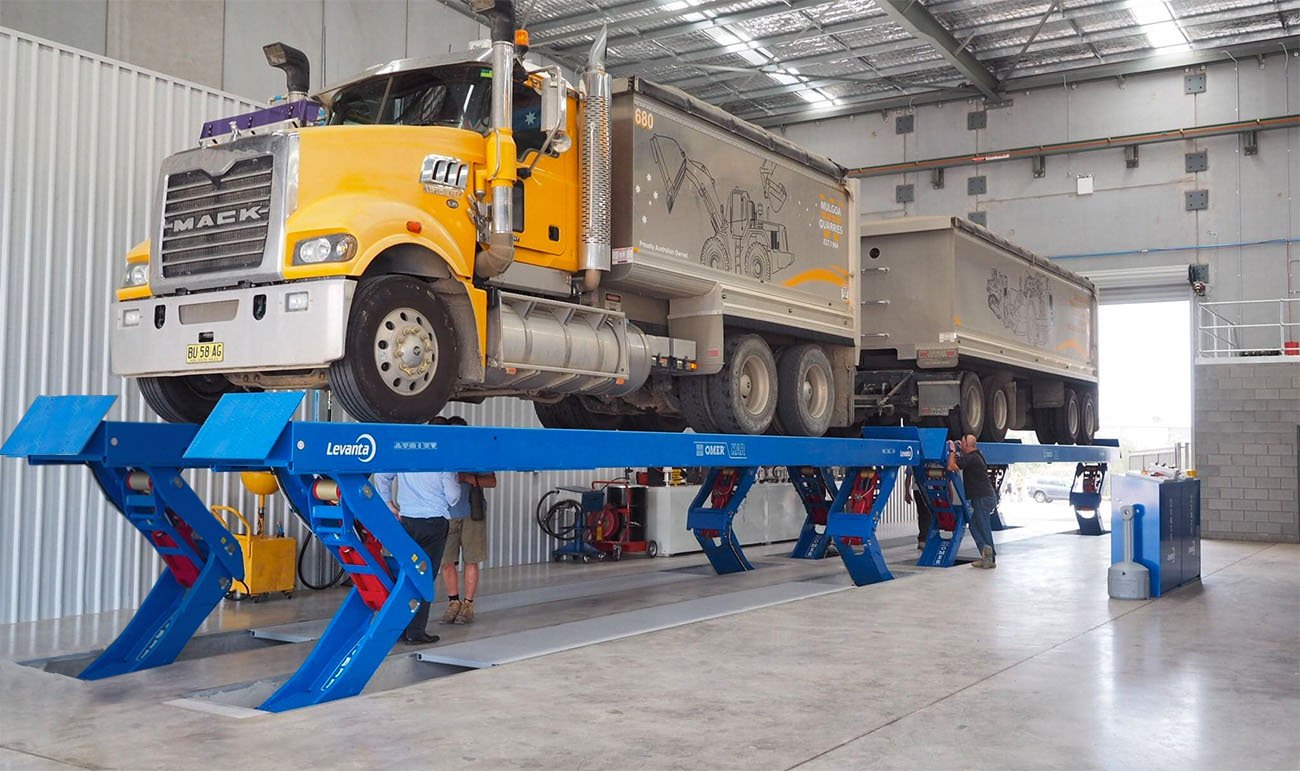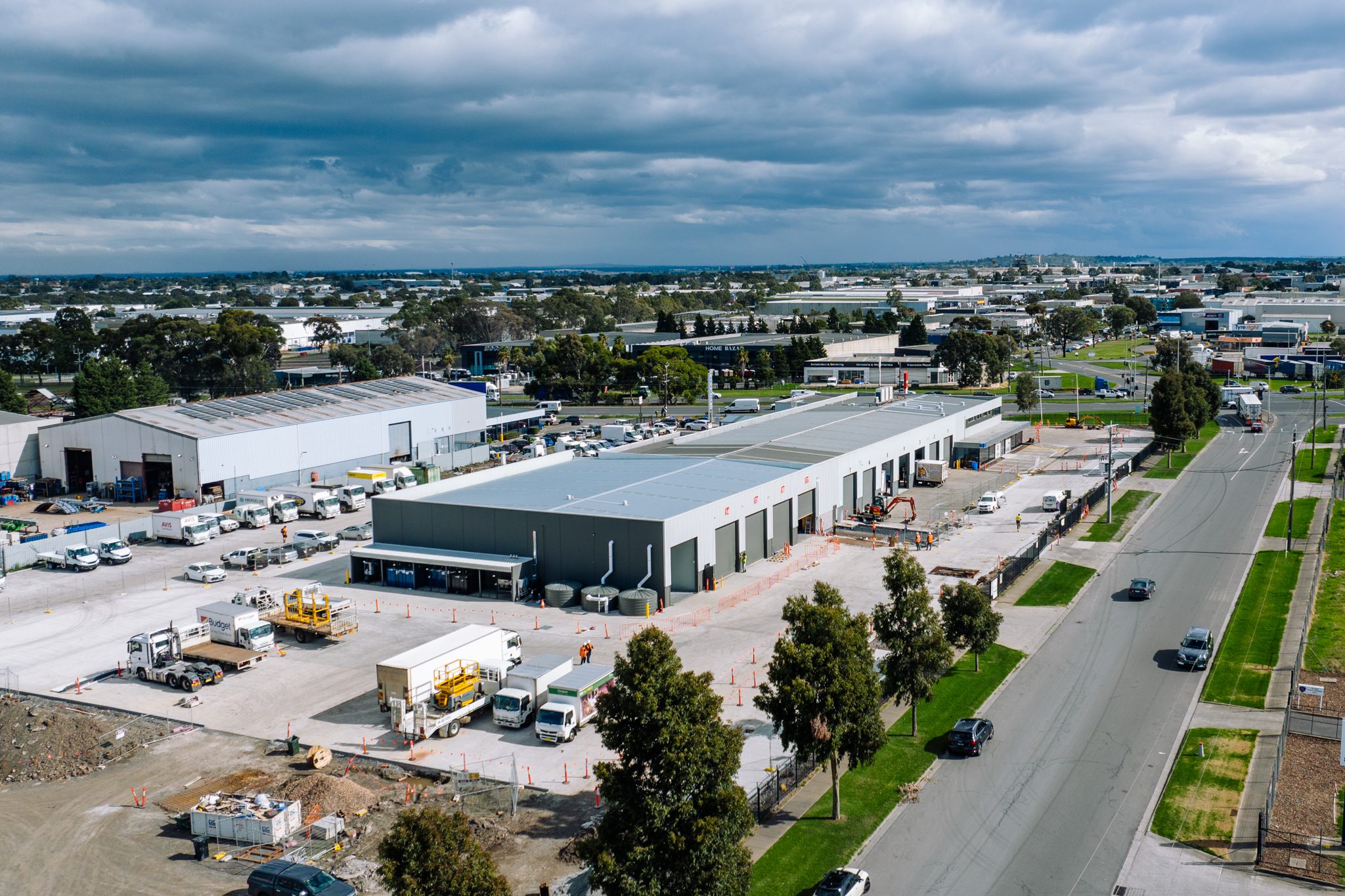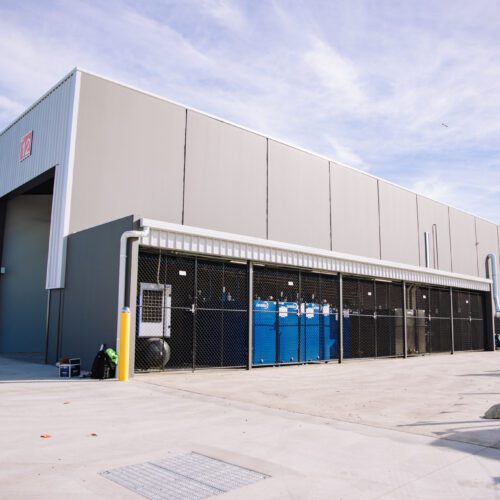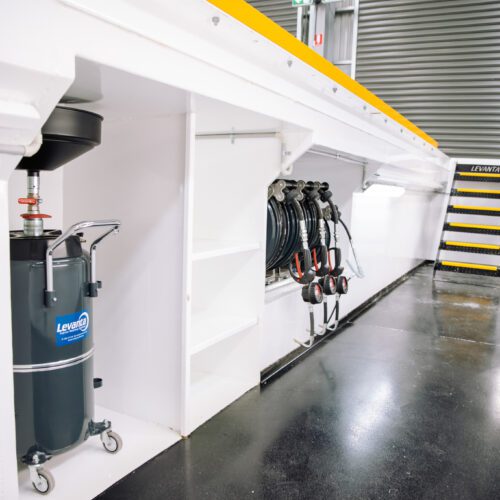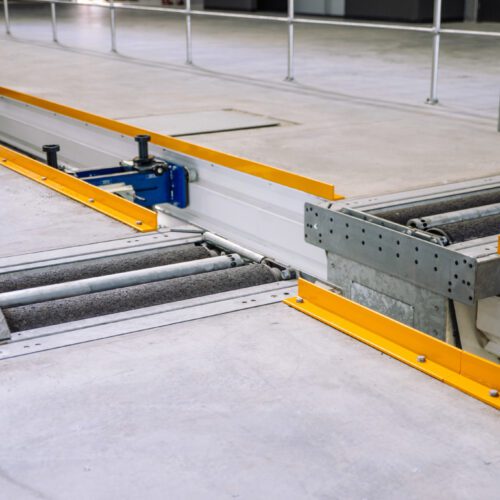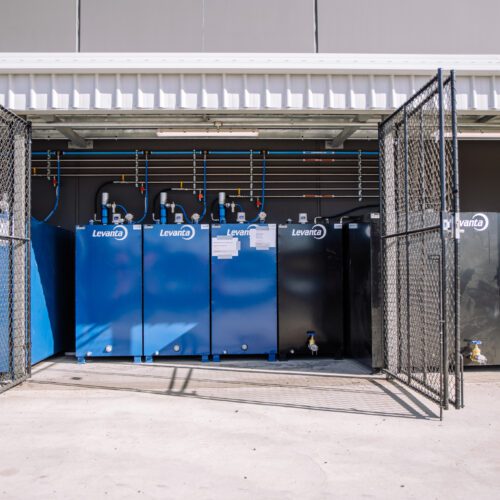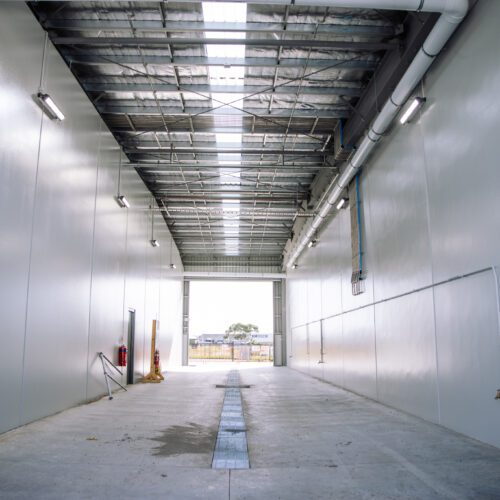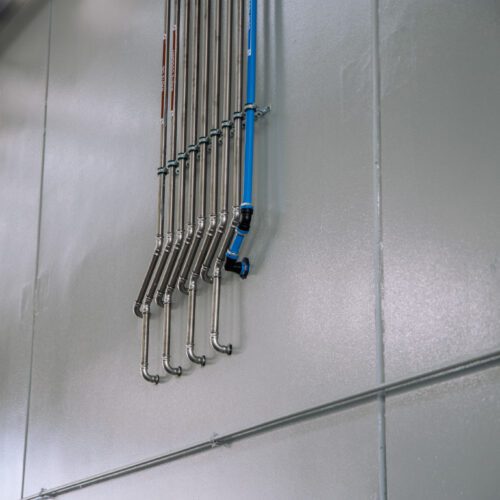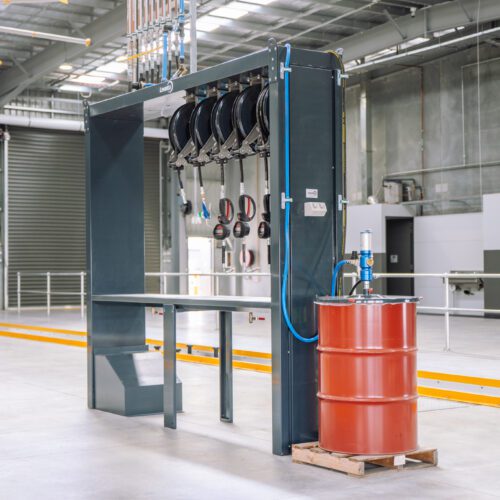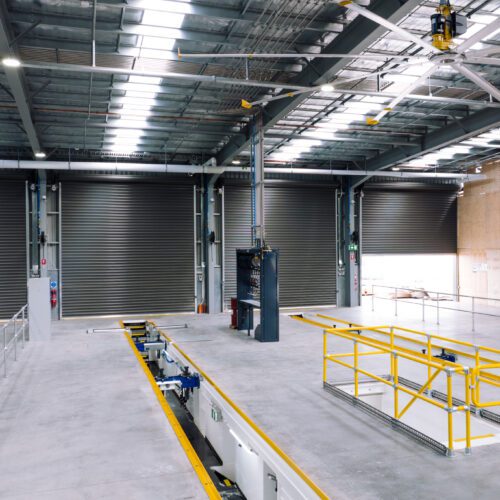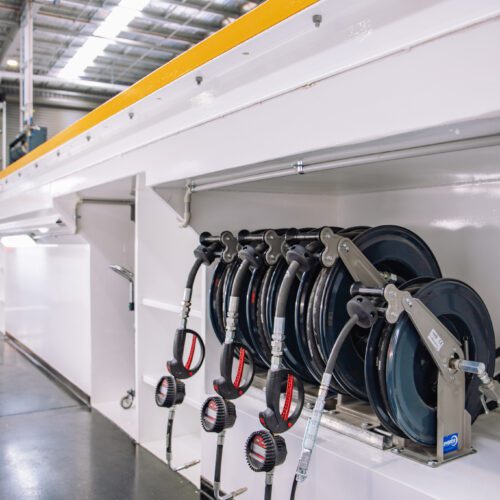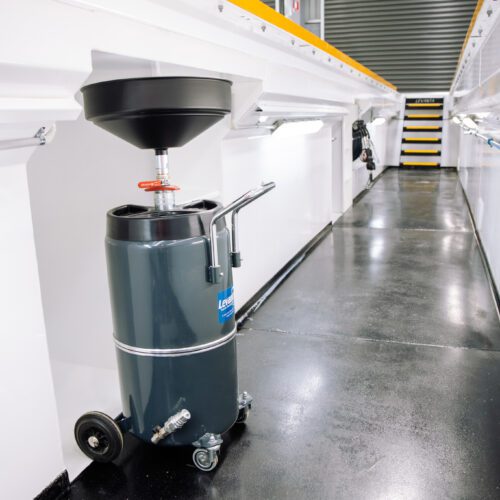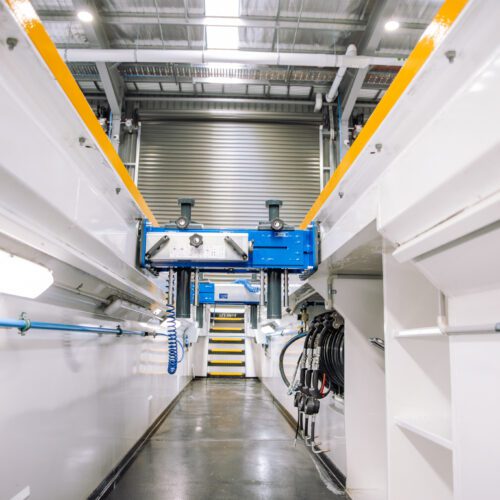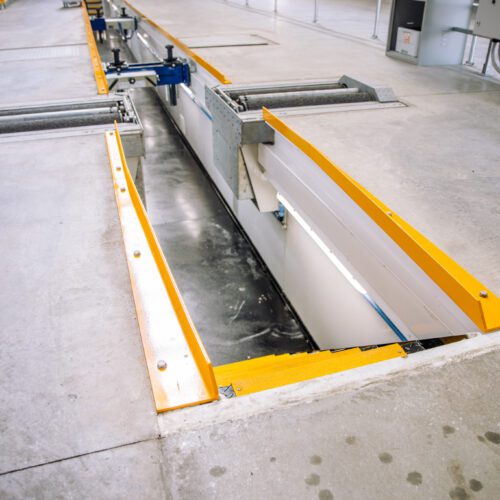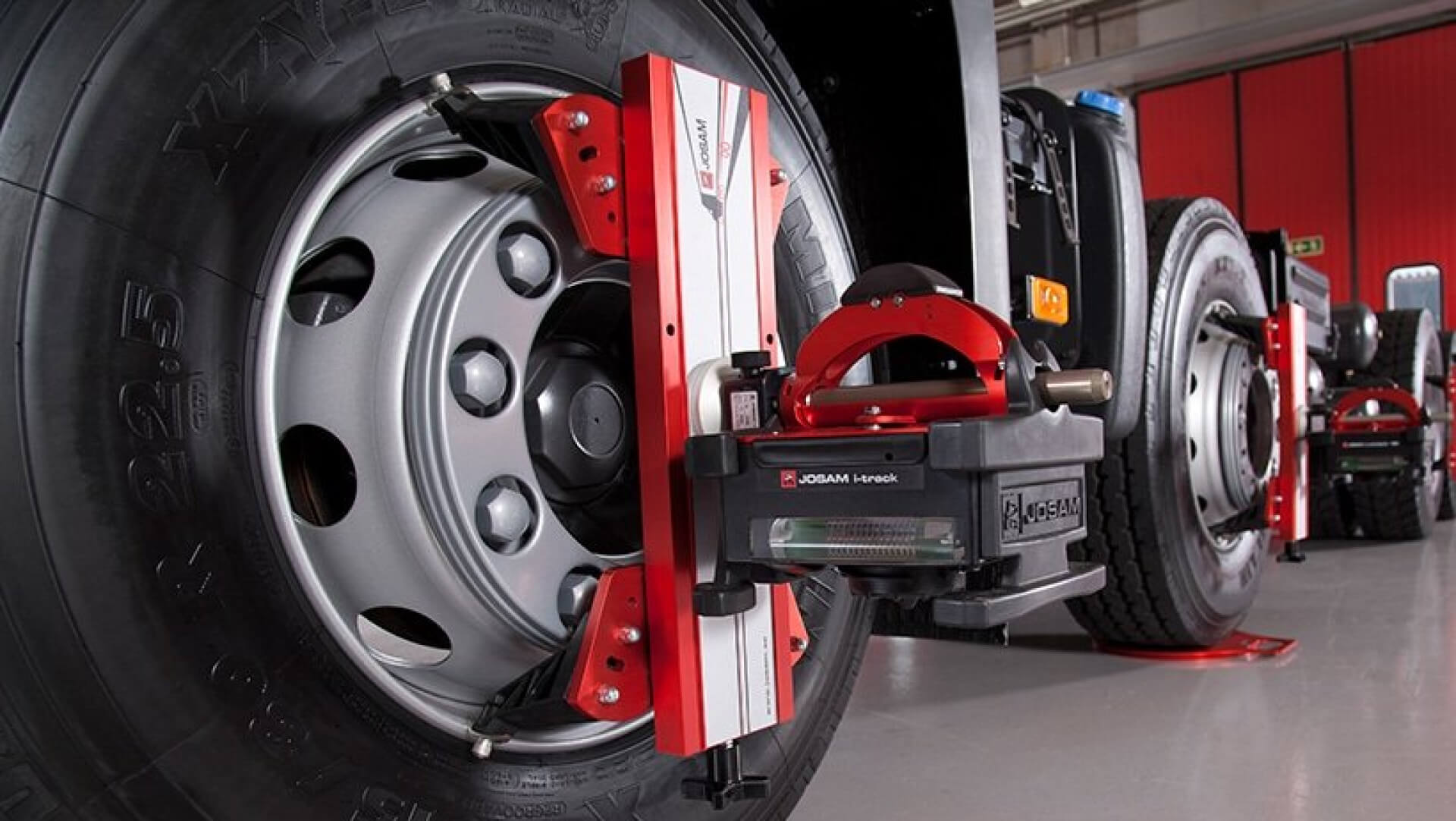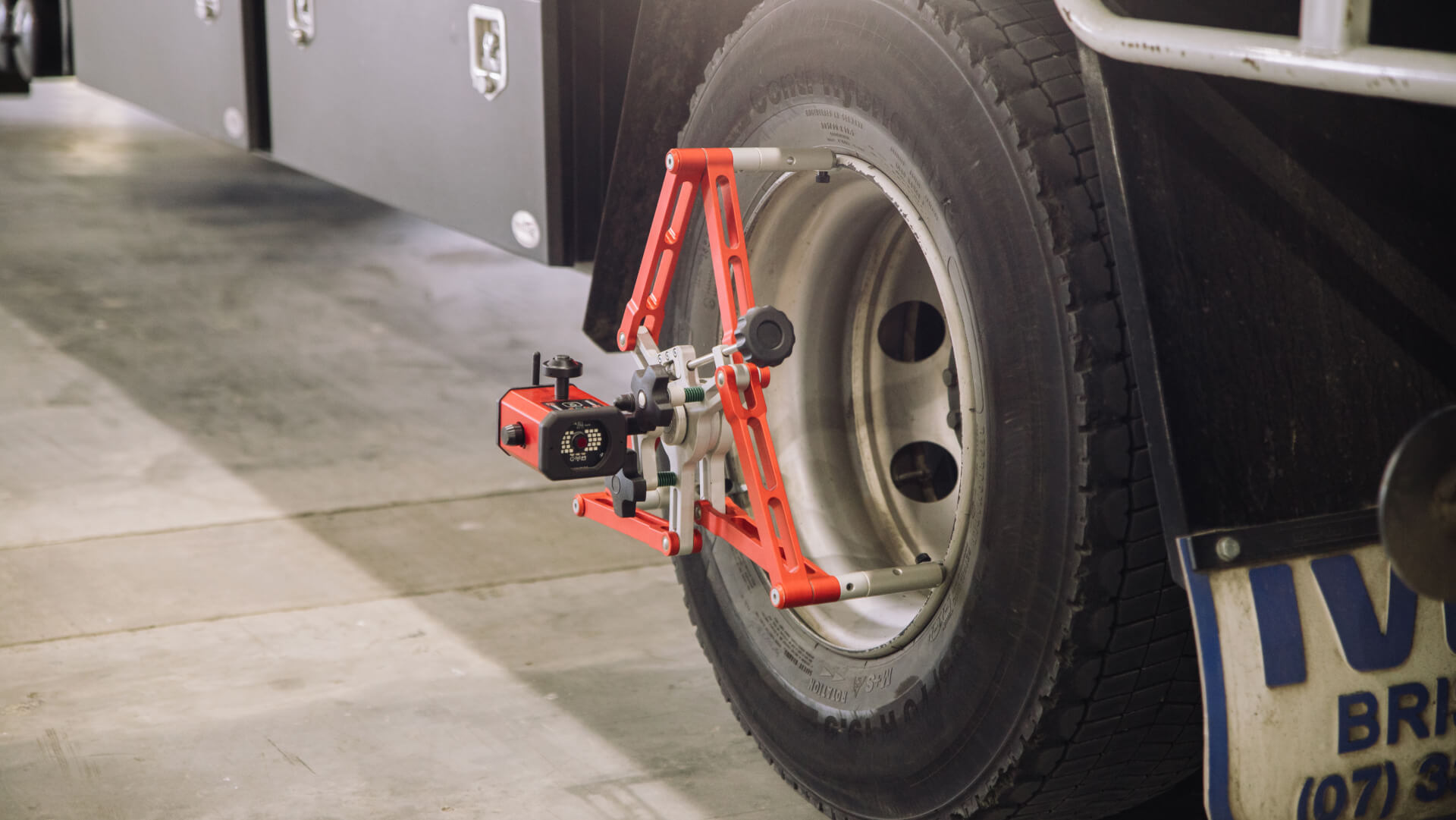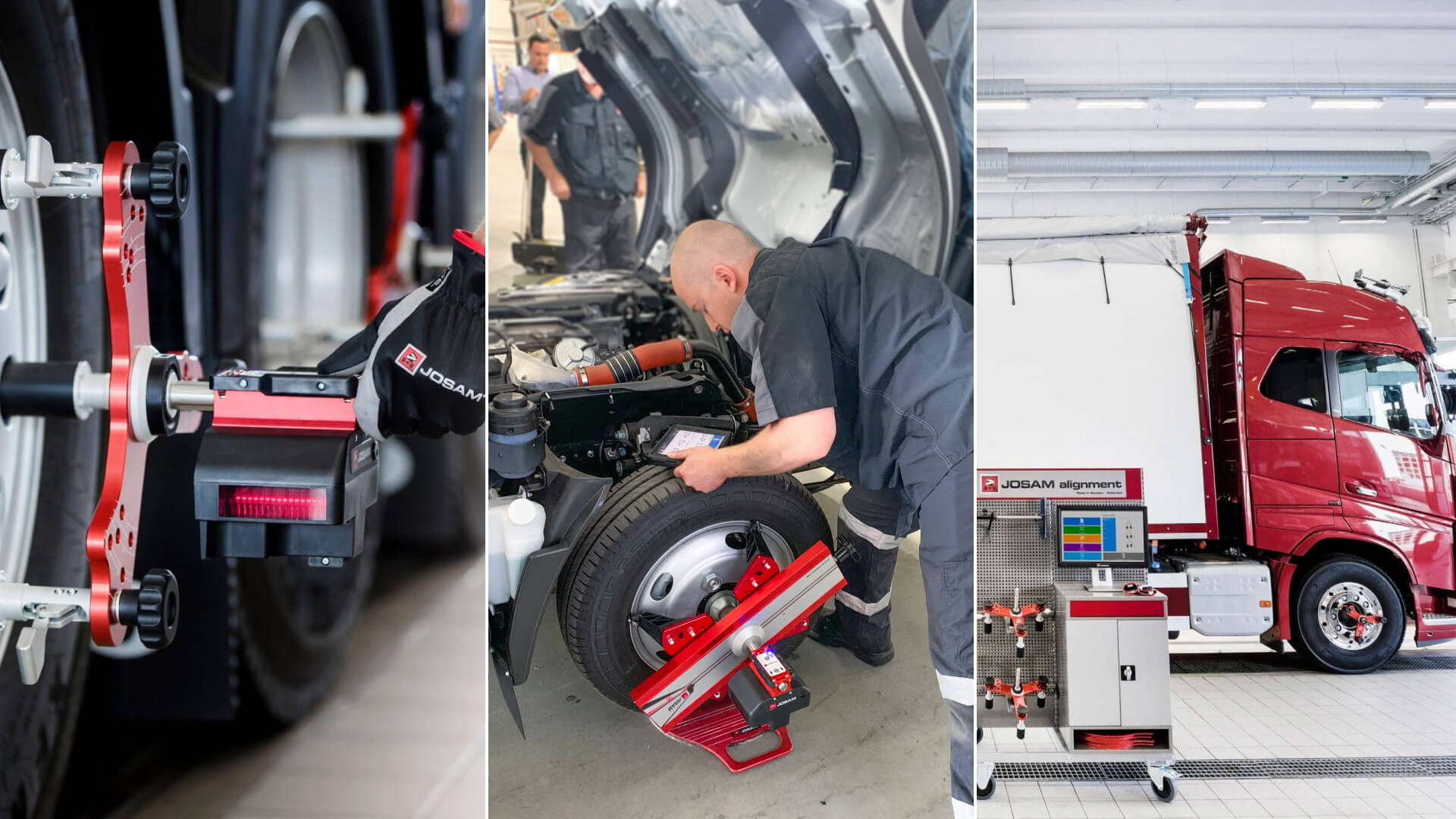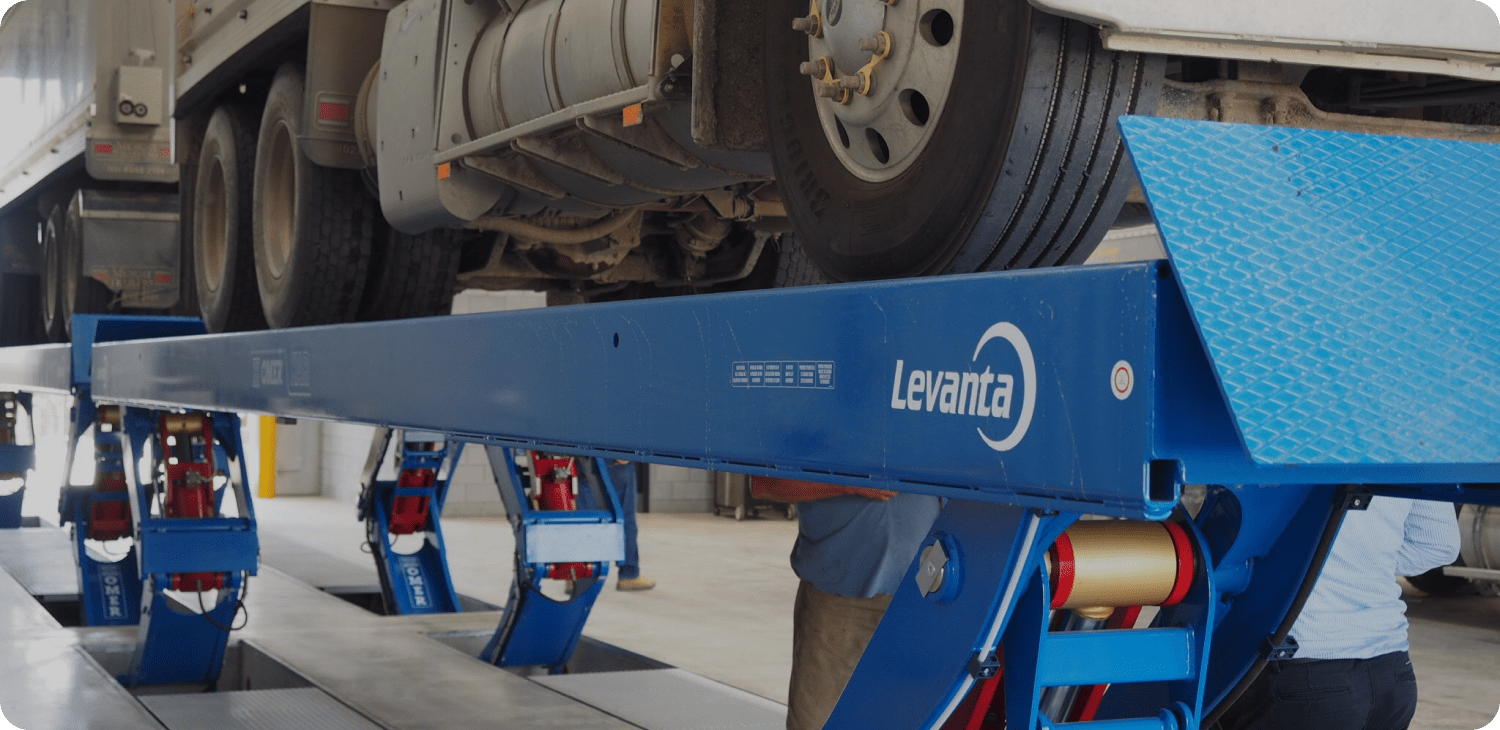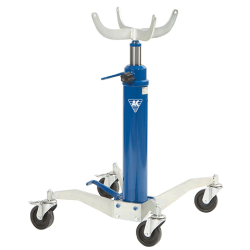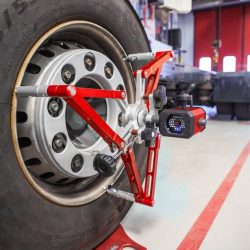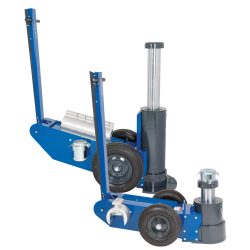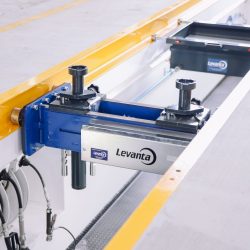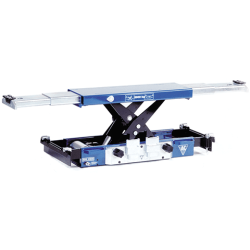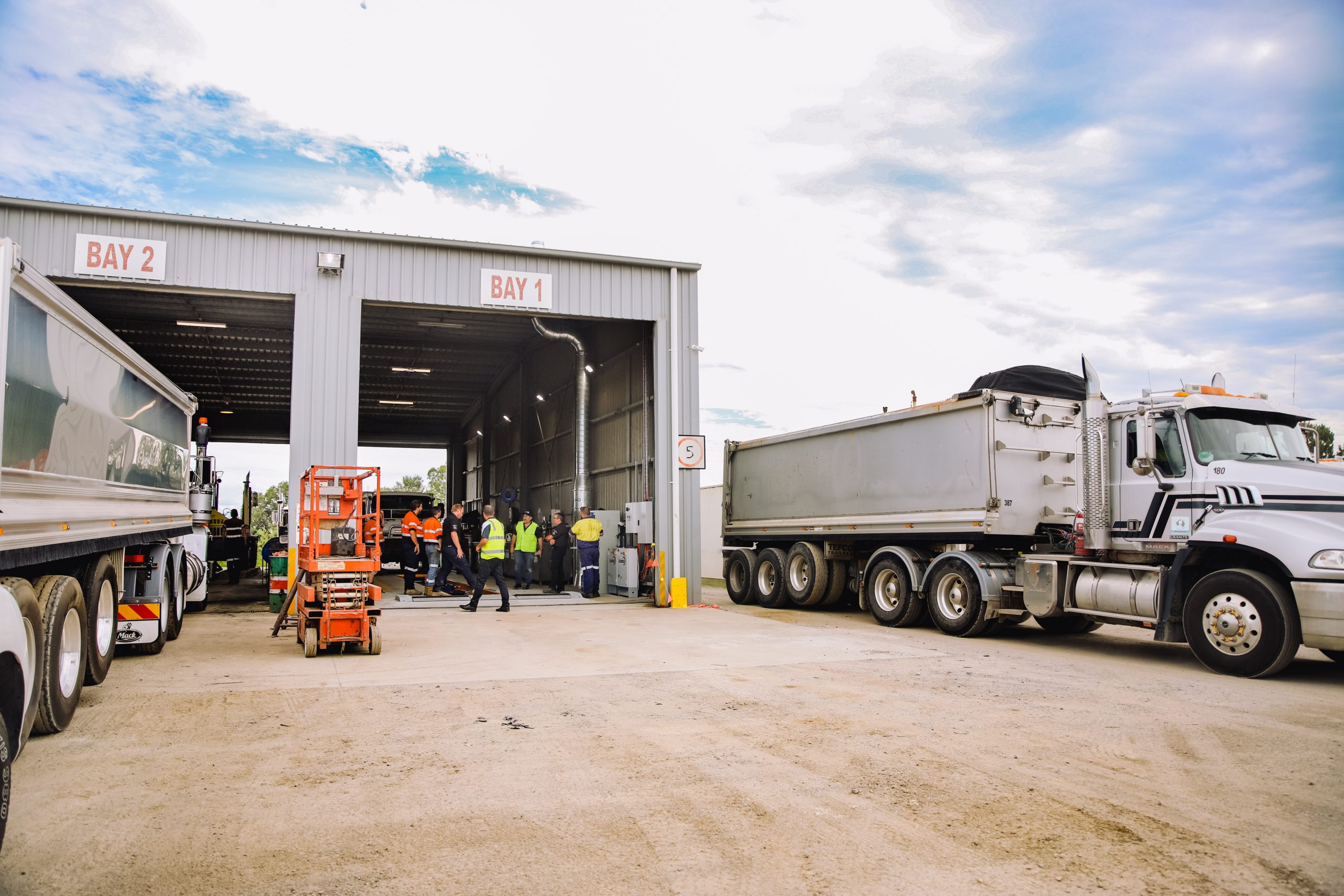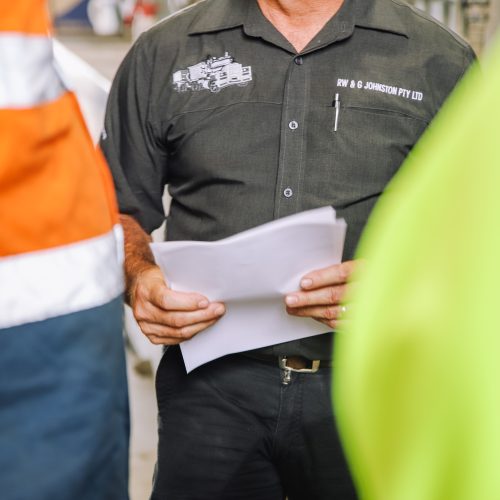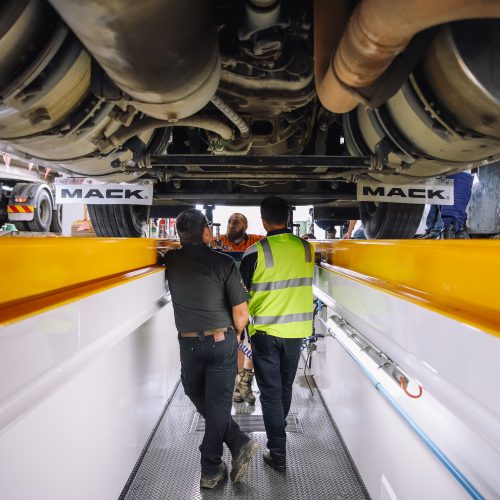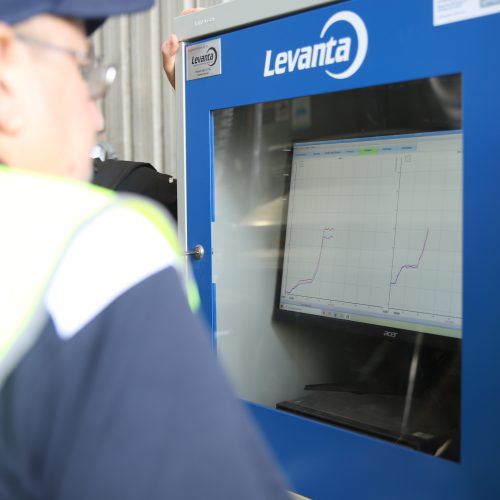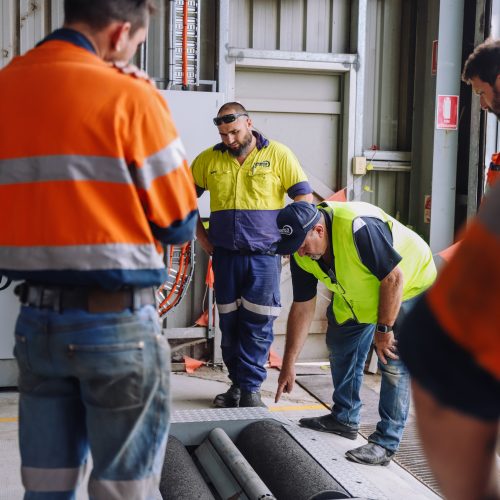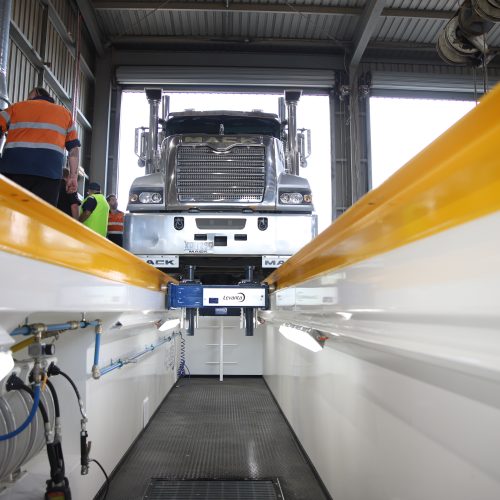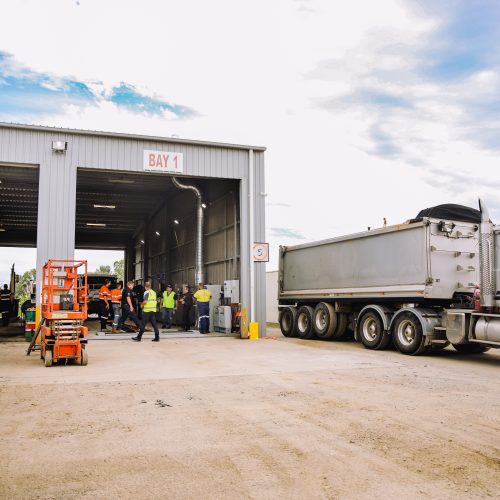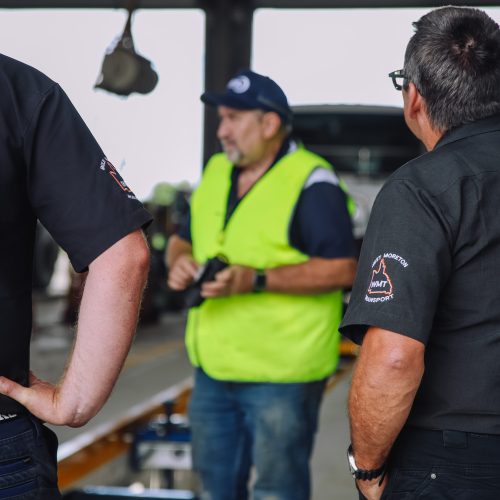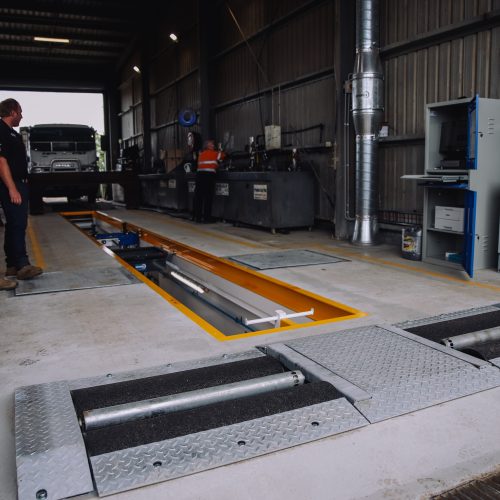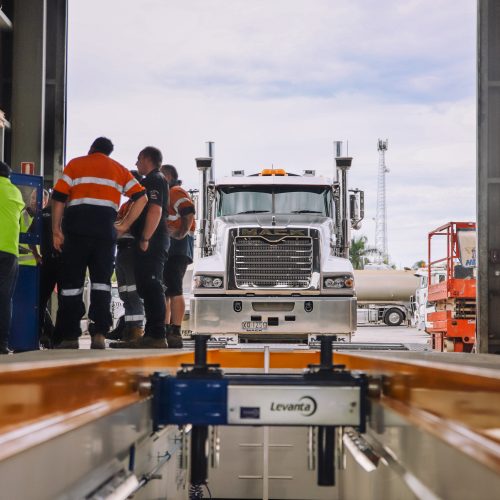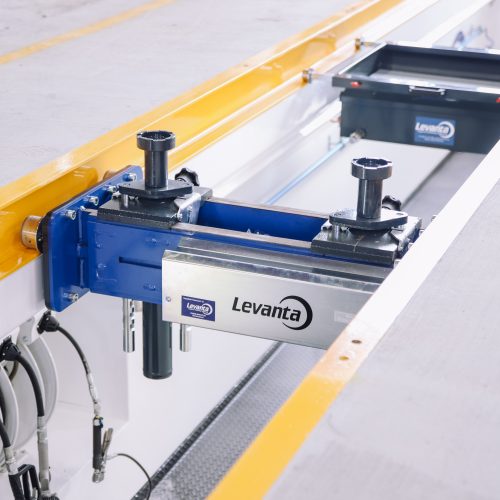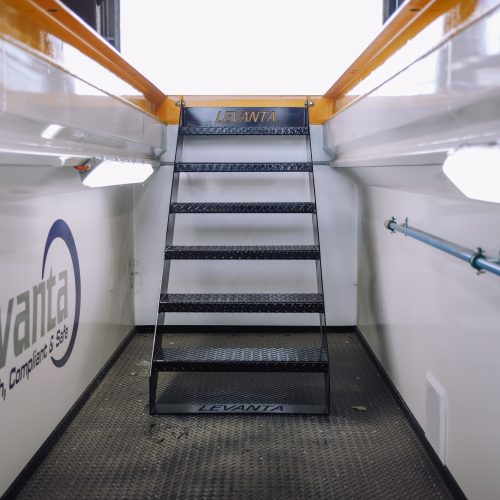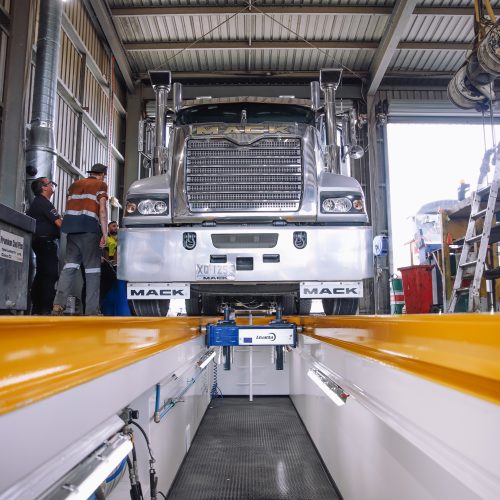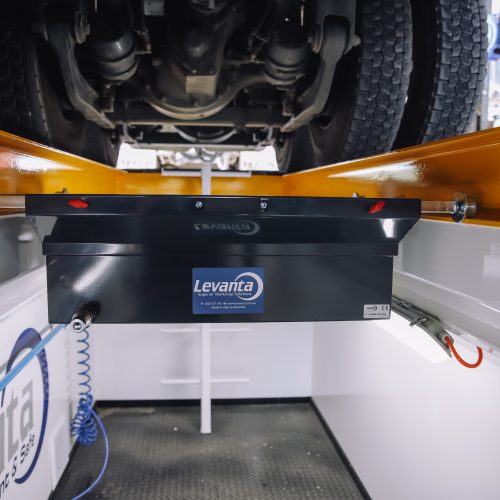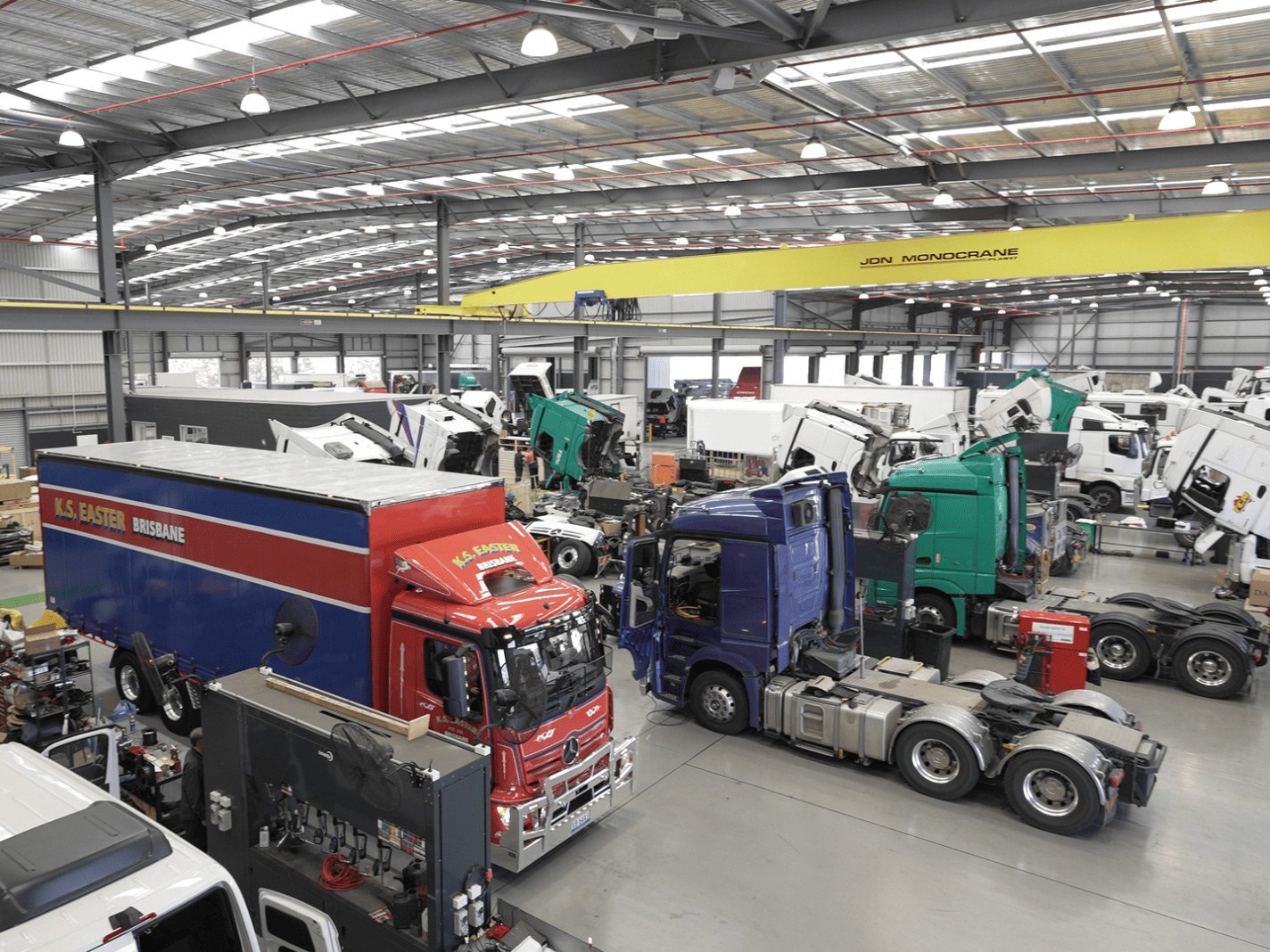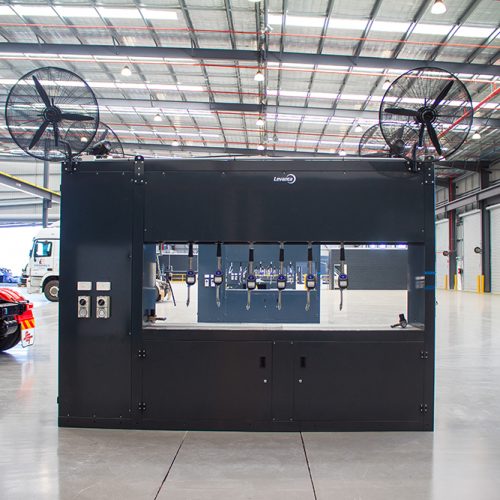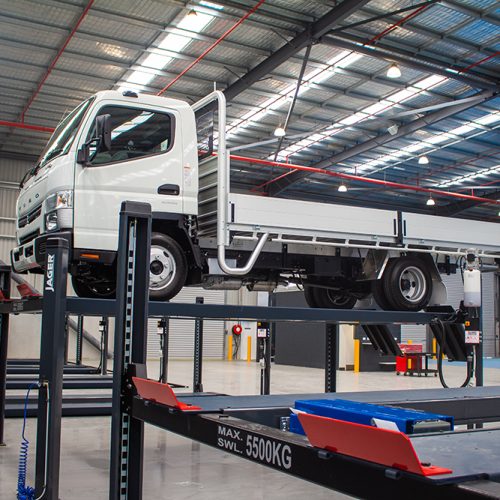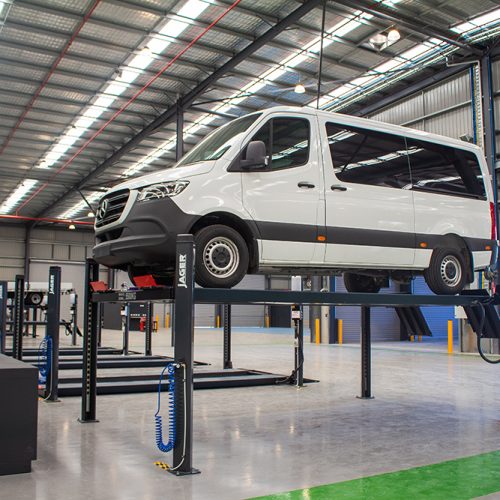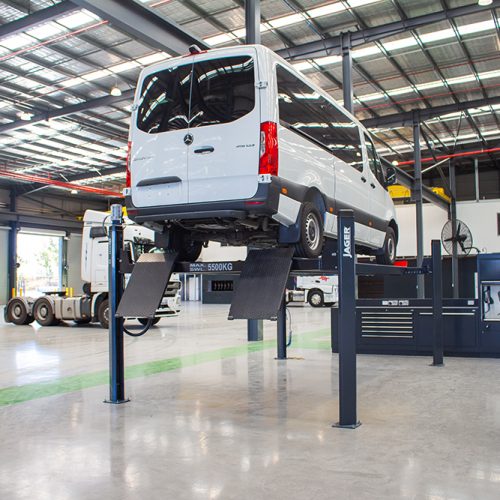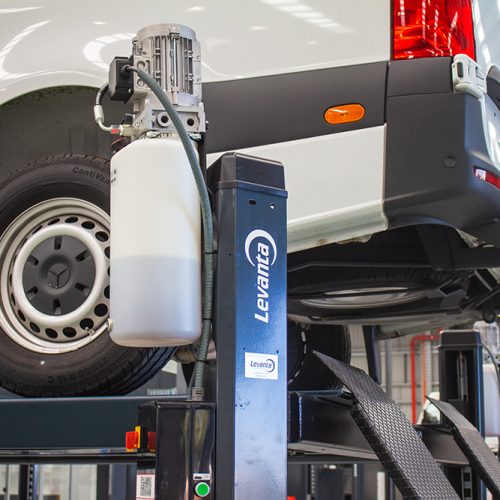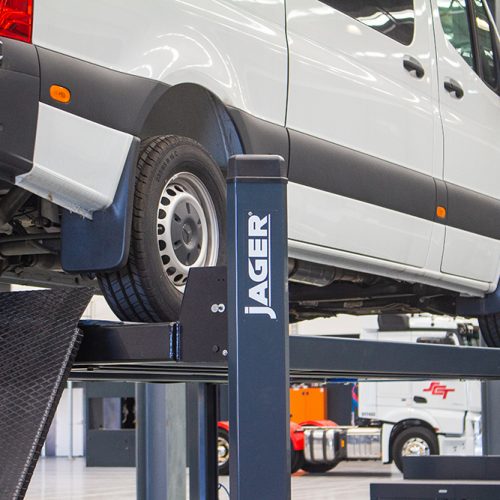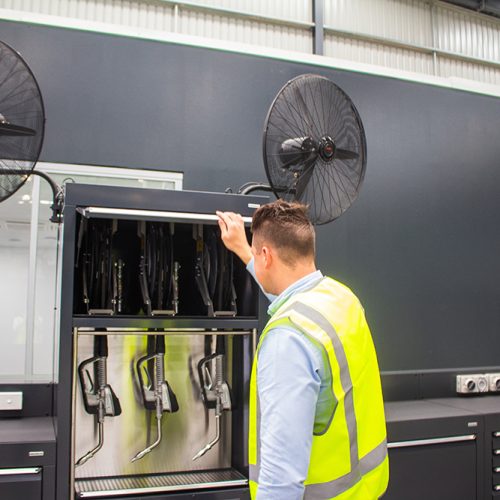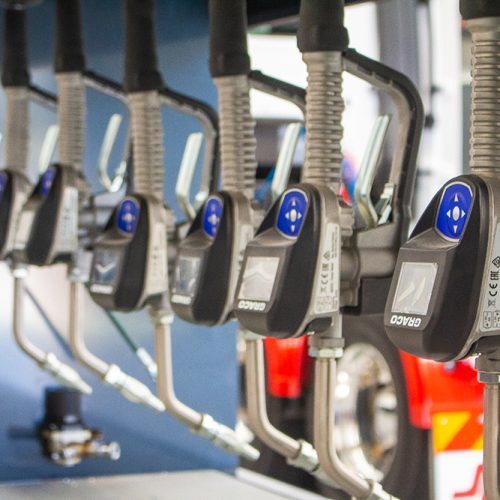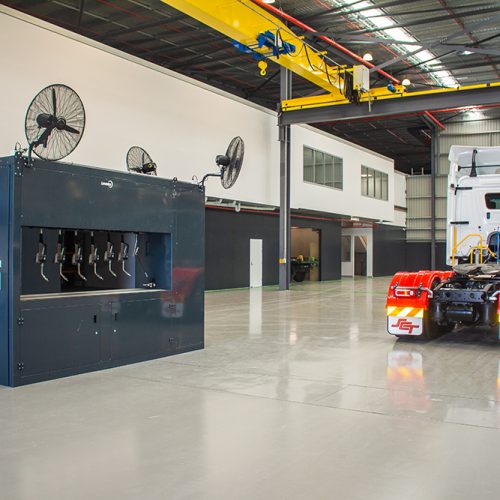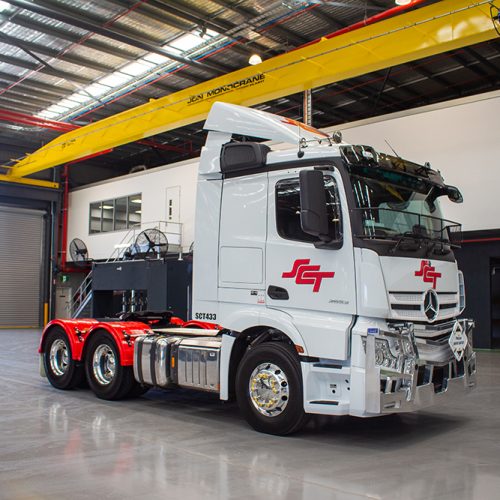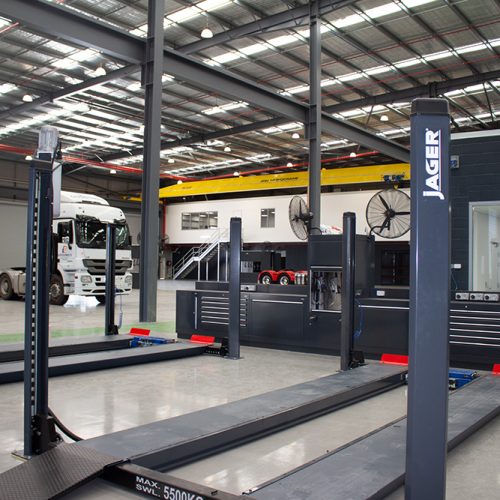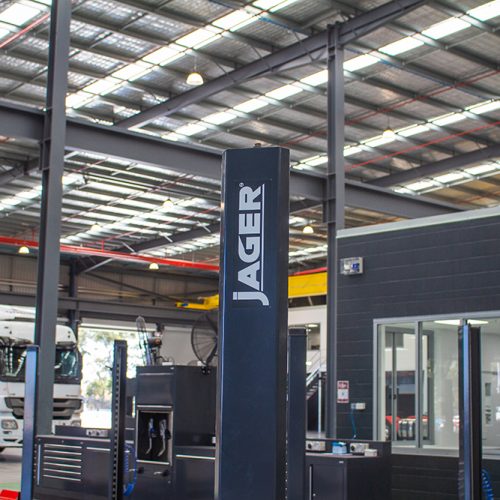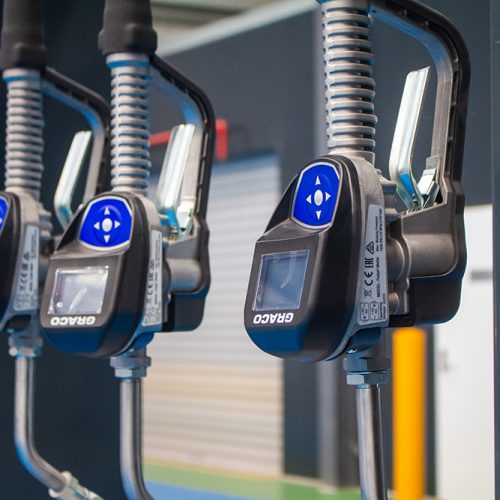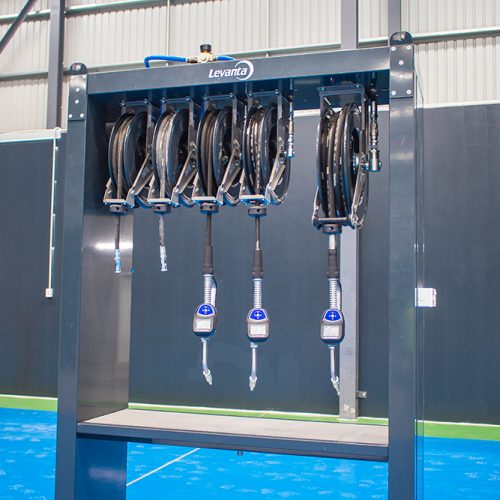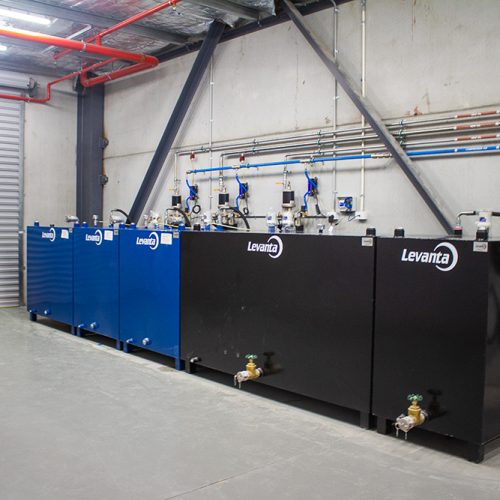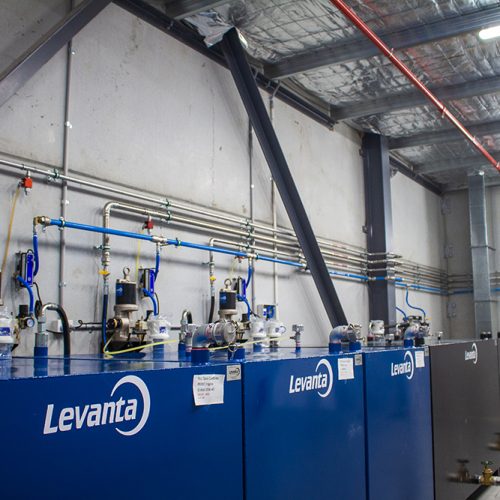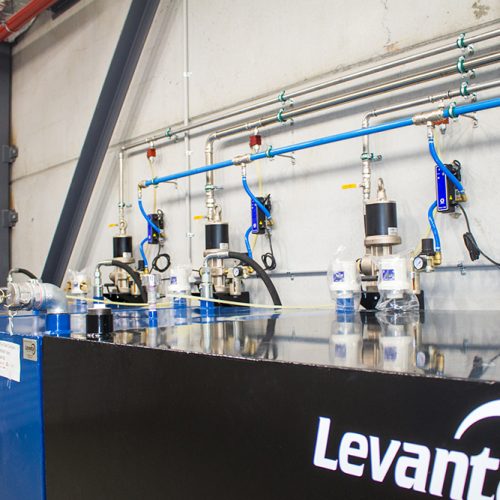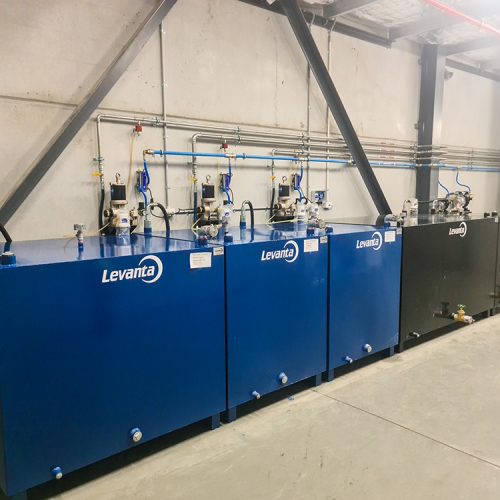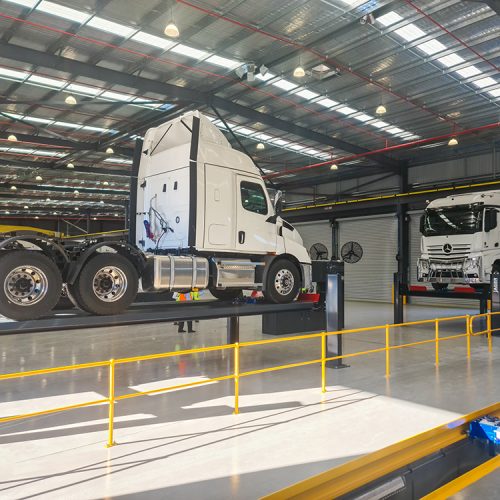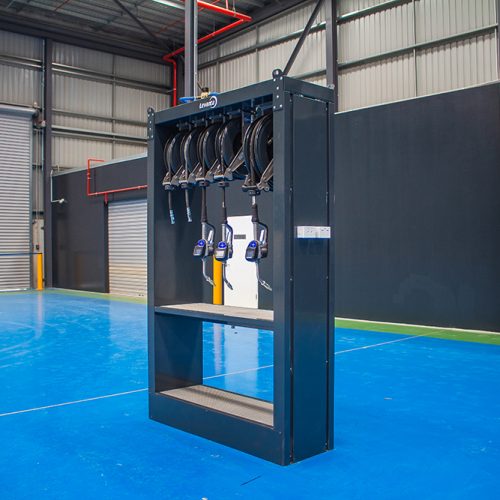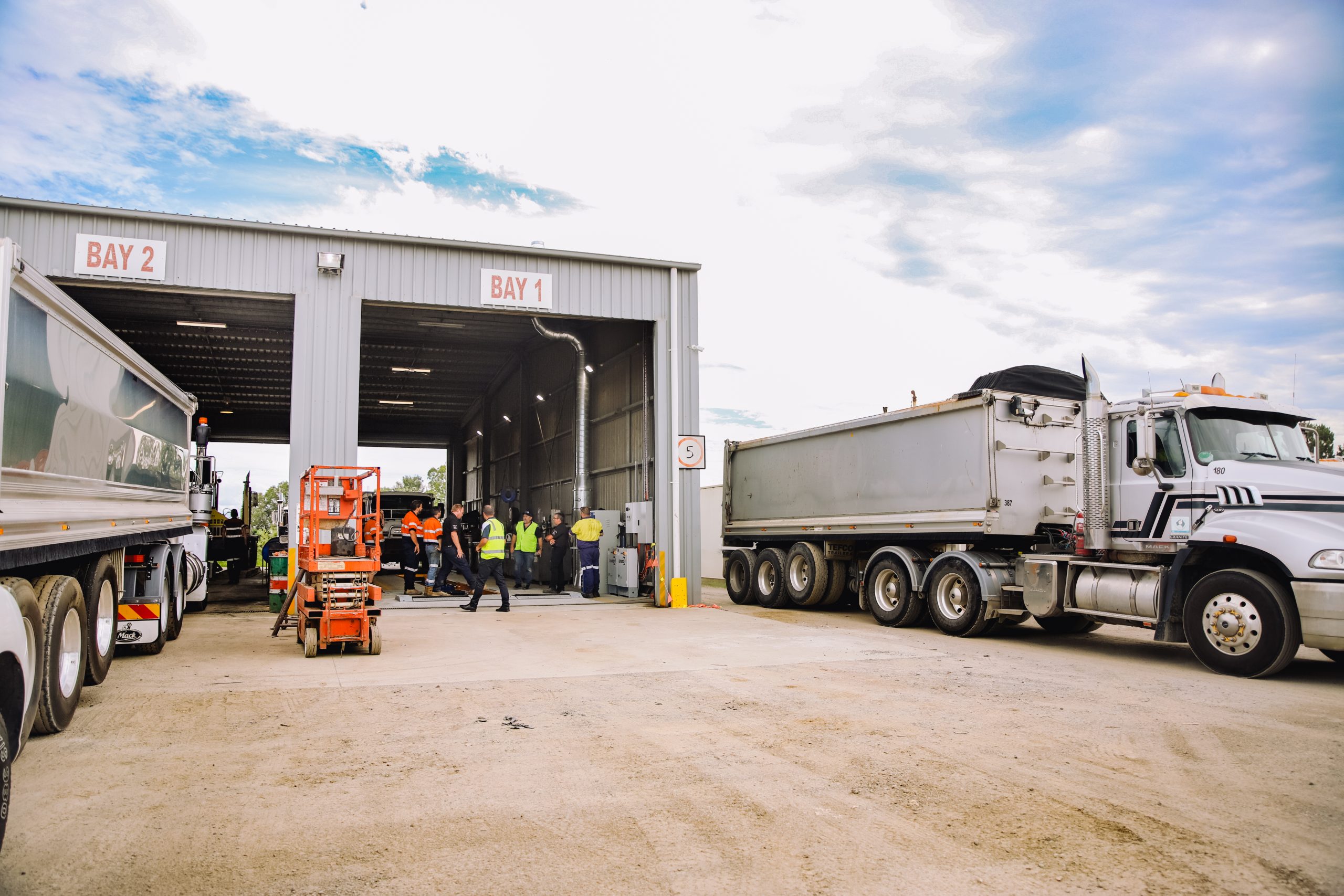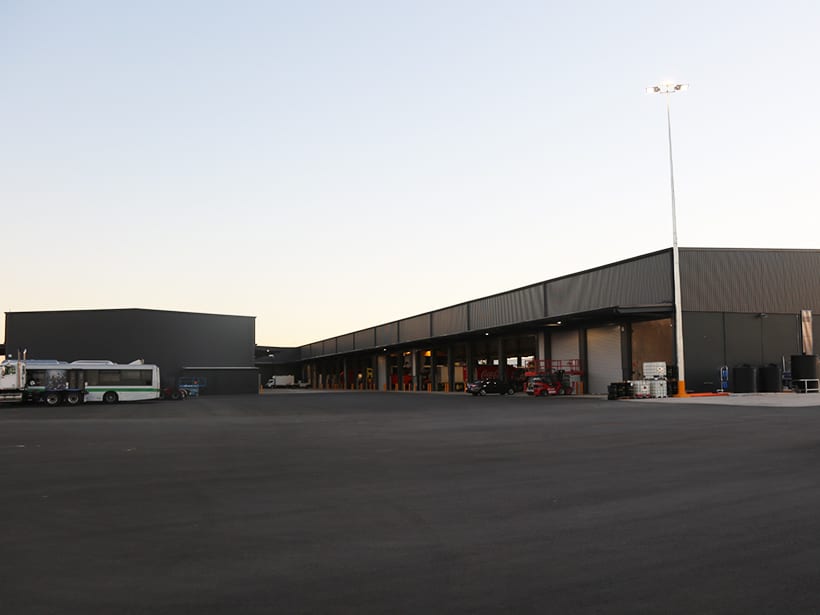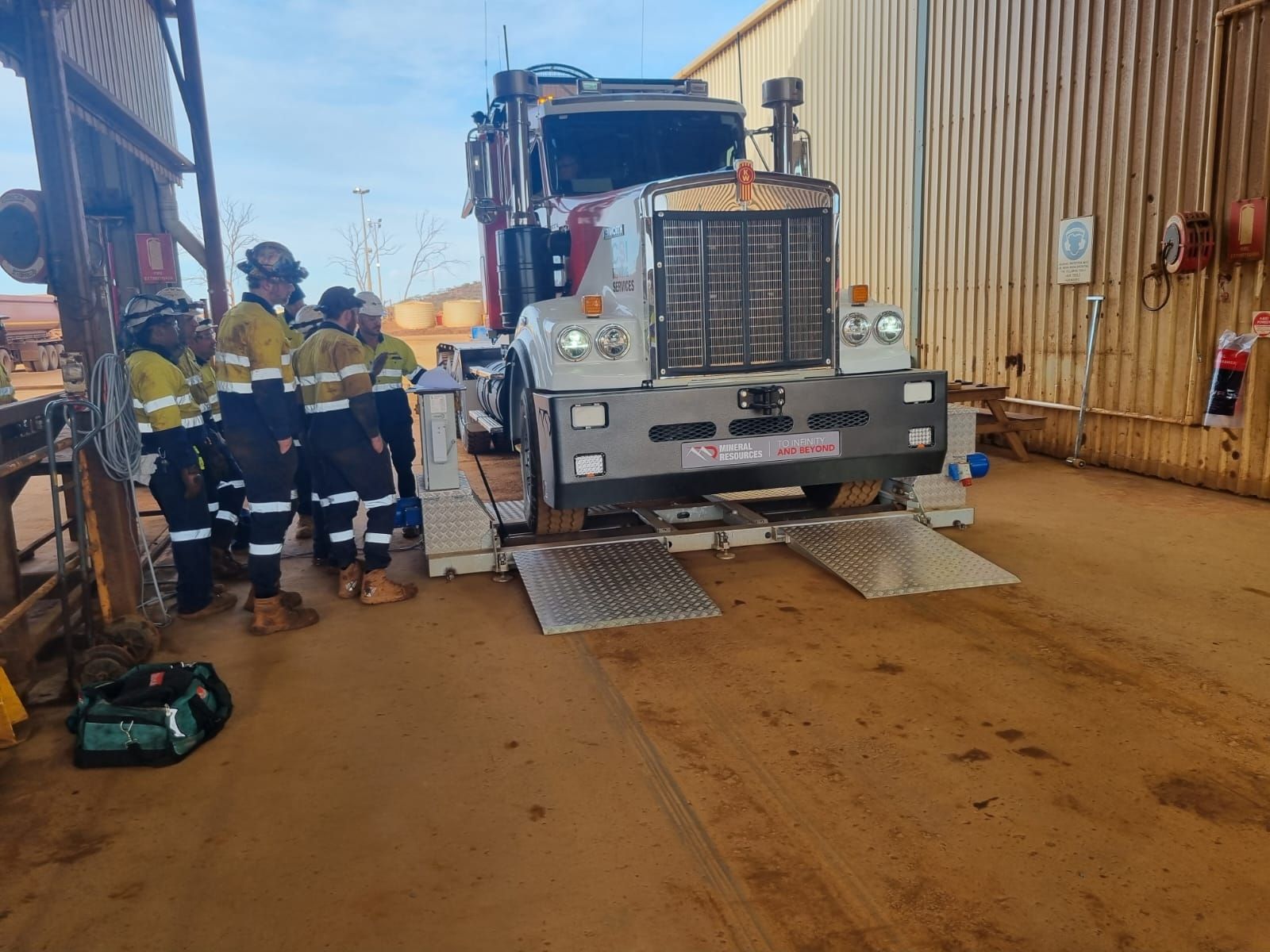In need of a complete workshop expansion, Westar Isuzu Truck Centre in Campbellfield, Victoria engaged Levanta to complete a workshop fit-out redevelopment.
As Adrian Harding, Dealer Principal for Westar Isuzu – Campbellfield (VIC) says, the big attraction for choosing Levanta as a partner for this project, was the major advantages that came from engaging a complete turn-key workshop fit-out package from a single supplier.
Instead of dealing with multiple specialist companies to complete different works such as oil or air systems, Levanta removes the obstacles, accountability and logistical pain points of multi-contractor project delivery.
To maintain business as usual at the Campbellfield site, this project was split into two phases – essentially divided in half to ensure that the workshop’s productivity continued.
The building was expanded for this project, and new service pits and oil and air systems were added. We are pleased to hear feedback from Adrian commenting on our punctuality and rapid response to enquiries, pricing and specs. “The attention to detail they put into it is amazing”, stating how “immaculate” the finished air and oil lines look when installed.
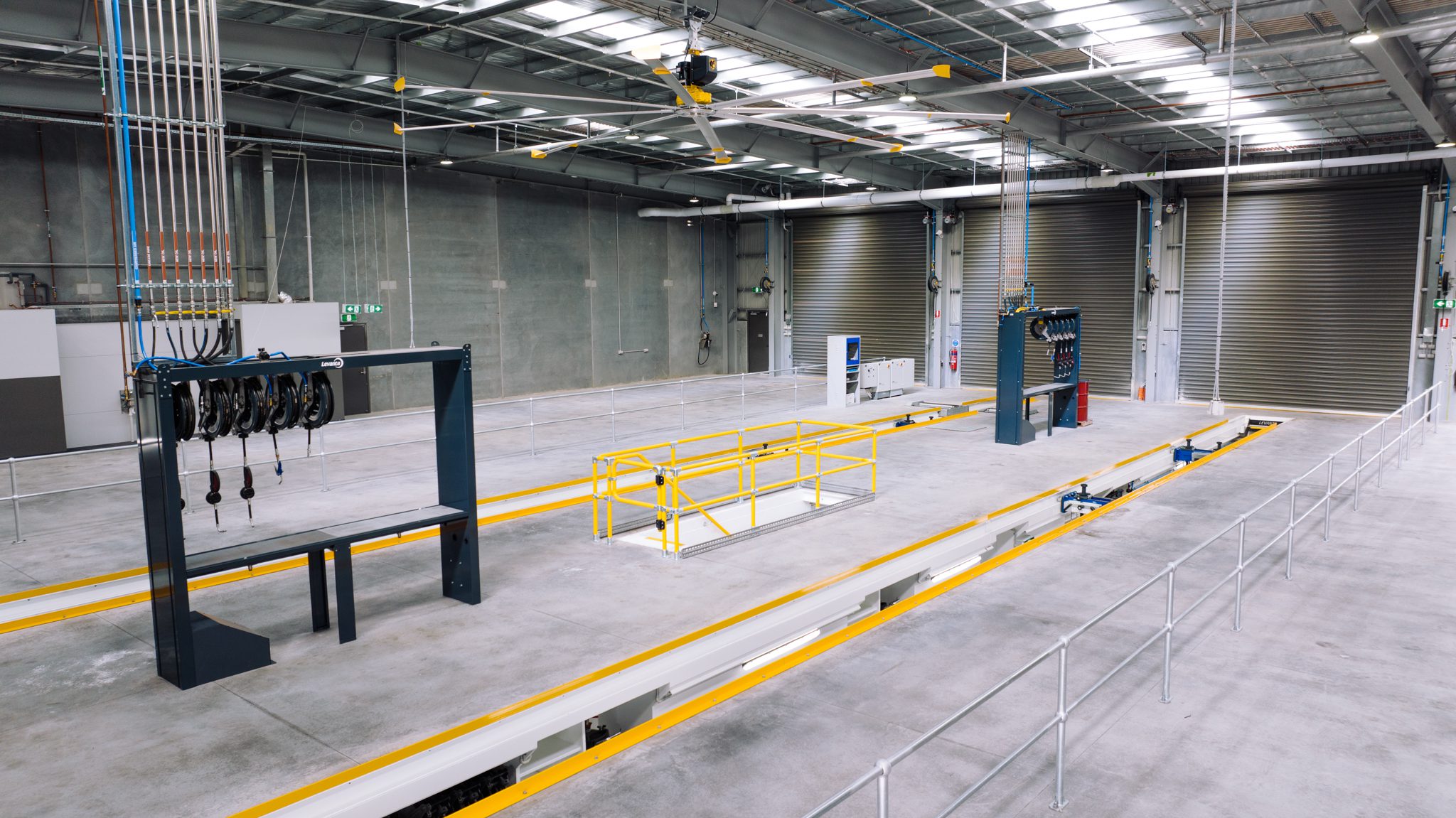
The Project Included
- 2 x 26m Prefabricated pits, central side access tunnel
- Pit Hose Reel + Tool Alcoves
- Pit Ventilation
- Pit jack Twin Ram 20T, 2 per pit
- BM18200 Lifting Bed Roller Brake Tester
- BM53000 Inground Play Detector System
- Bulk Oil Store Fitout and oil delivery system
- H-style Hose Reel Gantries – to suit 9 reels
- Ceccato CSM 30/10 Air Compressor + air ring main
- Josam I-track wheel alignment system
- Ascenta 4P6300S 4 Post 6.3T Lift (Not pictured)
- Jacking Beam Air-Hydraulic 2.6T
The Levanta Difference
Levanta stands out as the preferred partner for implementing optimal standards in heavy vehicle workshop equipment, thanks to our unwavering commitment to compliance, efficiency, and safety. Our workshop fit-outs are designed to incorporate these essential elements, making us the go-to choice for establishing best practices across the entire process.
One of the key factors contributing to clients’ decision to choose Levanta, is the significant enhancement of workshop efficiencies through seamlessly integrated design, leading to increased productivity.
An excellent illustration of Levanta’s comprehensive capabilities can be seen in our collaboration with Westar Truck Centre. From professional project management to unwavering after-sales support, we ensured a seamless experience at every step.
Levanta collaborated with Westar to design a strategic workshop layout and select the appropriate heavy vehicle workshop equipment to suit their needs.
Contact our team to get started today.
Get in touch with us today
Our expert team will be happy to answer any question you have, or provide you with an estimate
